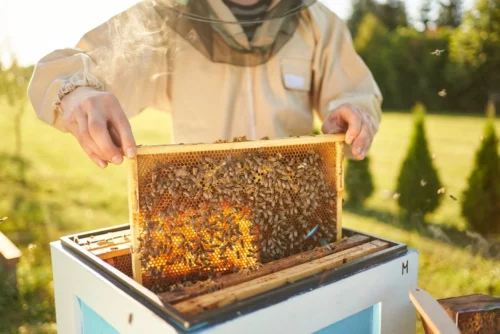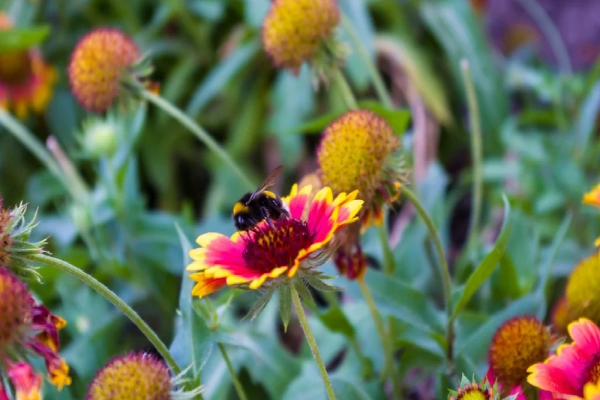
Mosquito Joe shares tips for creating a pollinator-friendly yard and garden.
|
Creating a pollinator garden is an excellent way to support biodiversity and contribute to the health of the environment. Pollinators are an imperative part of the ecosystem. Not only do these gardens provide habitats for pollinators, but they also enhance the beauty of your home.
In this guide to planting a pollinator garden, we will cover what pollinators are and how they benefit the environment, the best pollinator plants for your garden, landscaping maintenance tips, and additional resources to gather more information that will explain the important role pollinators play in our environment.
What Is a Pollinator?
A pollinator is any animal or insect that carries pollen from the male part of one plant to the female part of another. Some of the most popular examples of pollinators include bumblebees, butterflies, hummingbirds, and bats. Each species plays an important role in the pollination process, though bees tend to be the most relied upon. This is why many people choose a bee garden when deciding to plant a pollinator garden.
Why Are Pollinators Important?

According to an article published in Agriculture, Ecosystems & Environment, “pollinators and pollination are crucial in the functioning of almost all terrestrial ecosystems including those dominated by agriculture because they are in the front line of sustainable productivity through plant reproduction.” These tiny creatures make such a large impact that, without them, our world as we know it would not exist.
Pollinators are so important that some companies — even those who specialize in insect extermination — have protection management programs in place to help safeguard the environment for pollinators and actively work to protect them. You can do your part with pollinator plants.
The Relationship Between Pollinators and the Environment
Don’t be fooled by their name. Pollinators do more than transfer pollen from flower to flower. The same article published on ScienceDirect explains that another role of pollinators is to “monitor environmental stress brought about by introduced competitors, diseases, parasites, predators, as well as by chemical and physical factors, particularly pesticides and habitat modification.”
Scientists can analyze these species to better understand the condition of the various crops vital to our food system. When they see signs of a decreasing population, it could be an indication of an increase in pesticides being used for crops. However, in more recent studies, parasites, disease, and habitat modification have proven to have a larger impact than pesticides as more land is cleared for additional crops.
The decline in the bee population is so severe that various activists, scientists, organizations, and others have made it their mission to spread awareness about the importance of this species. This has led to an increase in the number of bee conservation programs and activities that individuals can take part in to help prevent this vital species from going extinct. A bee garden is a great way to contribute to saving the bee species.
Pollinator Conservation
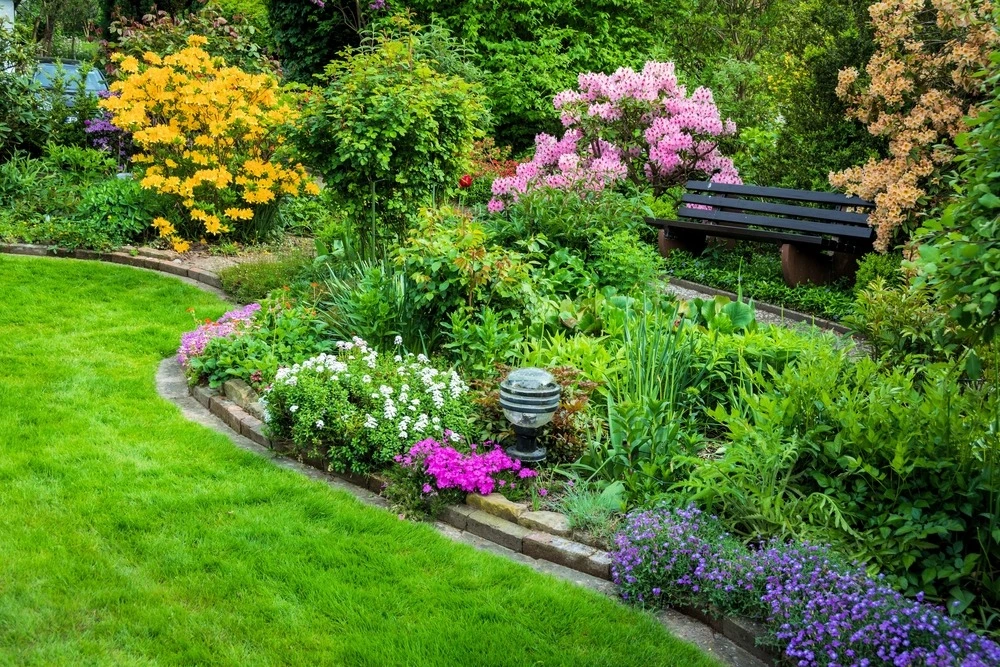
Coming together both at home and within your community can help spread awareness about the importance of conservation. Protecting these animals and insects is vital to their existence and will benefit our ecosystem as well.
Finding ways to educate others on the benefits of conservation can help spread awareness and understanding about the importance of these species. If you have children, try to engage in more backyard activities, like building a backyard habitat, to capture their attention, get them involved, and teach them about the importance of pollinators. Involve them in the planting and maintenance of your family’s garden. Even suggesting the idea of starting a community garden can be beneficial.
One of the many benefits of educating your children on conservation is that it will teach them habits that will help them make eco-friendly choices as an adult. They can take what they learned as a child and apply it to their future — educating others along the way. Aside from personal development, planting a pollinator garden has numerous benefits. For example, attracting bees and butterflies to your garden and community can:
- Help signal when something is awry in the ecosystem
- Reduce the number of pesticides that are being used
- Provide educational opportunities
- Help foods and flowers thrive
- Contribute to the life cycle of flowers and other plants
Best Pollinator Plants for Garden and Yard
Not all plants attract pollinators. Some may even do the opposite. This is why it is important to know which plants to choose for conservation landscaping and a pollinator garden. You will want to find plants that are in season and are compatible with your area. Let’s take a look at which types of plants are most attractive to the various pollinating species.
Bees:
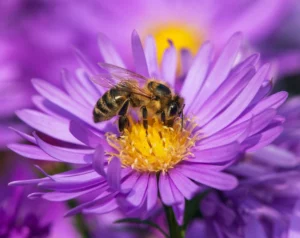
- Alyssum
- Anise hyssop
- Aster
- Bee balm
- Black-eyed Susan
- Butterfly weed
- Clover
- Coneflower
- Cranesbill
- Poppies
Butterflies:
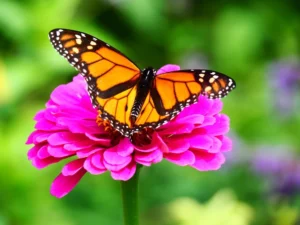
- Black-eyed Susan
- Bottlebrush
- Butterfly bush
- Coral bean
- Coral honeysuckle
- Dill
- Fennel
- Firebush
- Firecracker plant
- Firespike
- Gumbo-limbo tree
- Horsemint
- Jatropha
- Lantana
- Lion’s ear
- Milkweed
- Parsley
- Passionflower
- Pawpaw
- Providing water to wildlife
- Purple coneflower
- Saltbush
Hummingbirds:
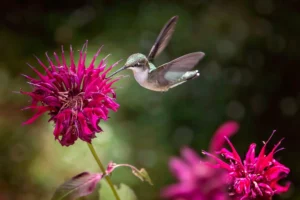
- Beardtongue
- Bee balm
- Butterfly bush
- Catmint
- Clove pink
- Columbine
- Coral bells
- Daylily
- Larkspur
- Desert candle
- Iris
- Flowering tobacco
- Foxglove
- Lily
- Lupine
- Pentas
- Petunia
- Pincushion flower
- Red-hot poker
- Scarlet sage
- Scarlet trumpet honeysuckle
- Soapwort
- Summer phlox
- Verbena
- Weigela
Like the bee balm and sage, some of the plants are also great ways to help combat, ticks and mosquitoes.
How to Plant a Pollinator Garden
Planting a pollinator garden involves a few key steps to ensure success.
- Plan and design: Determine the size and shape of your garden, keeping in mind how large the plants you want to include in your pollinator garden will become. Sketch out a design of your backyard pollinator garden, including areas for different types of plants and any additional features you want to include, such as water sources or nesting sites.
- Research native plants: Visit your local nursery to determine what plants will grow in your area and when the best time to plant is. Native plants are adapted to local conditions and provide better food sources for native pollinators. Focus your research on the types of pollinators you want to attract. If you want a bee garden, focus on plants that attract bees. Hummingbirds and butterflies will like different types of plants than bees.
- Prepare the soil: Ensure your existing soil is free of vegetation, weeds, and grass. Add organic matter such as compost to improve the soil structure, fertility, and water retention.
- Planting: Holes for each plant should be large enough to accommodate the root system of the plant. Remove the plants from their containers carefully to not disturb the root system. Gently loosen the soil the plant is in before planting to give the roots room to spread out. Backfill the holes with soil, ensuring that no roots are showing above the soil line.
- Mulch: A layer of organic mulch helps plants to conserve moisture, suppress weeds, and regulate the soil temperature.
- Water: Water your plants thoroughly right away to help plants establish roots and settle the soil.
All of these steps will set you up for success with your pollinator-friendly yard.
Tips for Landscaping Maintenance
Just as it is important to purchase plants that attract bees and other pollinators, it’s essential to maintain the land around them. Bees and butterflies get their water from puddles and damp soil. If your yard doesn’t allow for that, you may want to consider finding alternative ways to water them.
Installing ponds, fountains, creeks, shallow pans of water, or birdbaths can serve as watering stations for pollinators. However, if you choose one of these options, you must clean them often. Mosquitoes and other pests and bacteria are often attracted to stagnant bodies of water. Cleaning a birdbath with a garden hose and a non-bleach mixture is a great way to ensure the birds and bees are hydrated without attracting mosquitoes.
Other ways to ensure your pollinator garden is well maintained include the following:
- Mow often.
- Don’t overwater the lawn.
- Fertilize your lawn, trees, shrubs, and garden.
- Inspect your trees and shrubs for broken branches.
- Pull weeds often.
- Understand what type of soil you have.
Pollinator-friendly gardens and habitats will require standard maintenance such as thinning, fertilizing, amending the soil, removing dead stalks, watering, and removing invasive plant species. When attracting butterflies and bees, you might also attract other insects and pests. You can deter these pests by investing in barrier spray services or an all-natural treatment option for mosquitoes and other pests.
You can always discuss it with a specialist if you are unsure of how to properly maintain your landscaping.
Landscaping Alternatives for Rentals and/or Apartments
Those who live in a rental and/or an apartment may not have as much freedom with landscaping options as those who own their home. But this doesn’t mean that they can’t have any of the flowers and plants listed above to create their own pollinator garden.
Participating in a community garden, making use of planters, and (if able) installing window boxes are excellent alternatives to landscaping while in a rental.
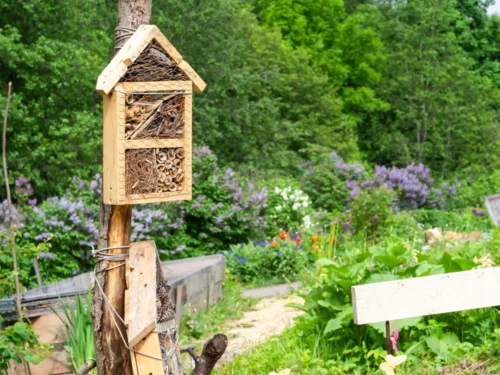
Alternative Ways to Shelter Pollinators
If you have a difficult time maintaining a pollinator garden, don’t worry! There are ways you can house pollinators without having to maintain landscaping. You can still do your part in the conservation process by investing in bee hotels and butterfly houses.
Serious gardeners and pollinator enthusiasts may even consider taking their conservation a step further by becoming their own beekeepers.
Beekeeping 101
Beekeeping is commonly taken on as a career. However, some may choose to pick it up as a hobby. But it isn’t as easy as it may look. Beekeeping takes a lot of time, patience, and dedication.
There are a lot of benefits associated with beekeeping. You can have access to an endless supply of honey, make various products out of beeswax, and help with repopulating the species.
However, along with the pros come the cons. Beekeeping can get expensive. You have to purchase the right clothing, smokers, hive tools, frame grips, and the bees themselves. These expenses can add up.
Beekeeping is a serious commitment. Before deciding what you want to do, you will want to be sure that you can provide the bees with everything they need.
Additional Resources and Further Reading
Here are additional resources to help answer any leftover questions about pollinators, how to attract them to your pollinator garden, and/or the impact they have on the environment.
Brochures:
Attracting butterflies with native plants
Beekeeping guide
Organizations:
Help Save the Bees Foundation
Planet Bee Foundation
North American Butterfly Association
Xerces Society
Butterfly Conservation
The Monarch Watch
Create a Pollinator-Friendly Environment
Creating a pollinator-friendly yard can feel intimidating at first. However, armed with the information above, you can confidently begin your landscaping journey with your pollinating pals firmly in mind. However, when dealing with pests like mosquitoes and ticks, it’s best to call in the pros. Your local Mosquito Joe® has the training and expertise to help keep mosquitoes and ticks at bay for up to 30 days. We offer both traditional and natural mosquito barrier sprays that can help make your outdoor time fun again. To learn more or to get started, call us or request a quote online today!
Pollinator FAQs
Are pollinator gardens low maintenance?
Pollinator gardens can be low maintenance, but the level of maintenance required depends upon the size of the garden, the plants in the garden, and local environmental conditions.
Do pollinator gardens need full sun?
Not all pollinator plants require full sun. While many thrive in full sun, some pollinators, such as certain butterflies and bees, can be attracted to gardens with partial shade.
What flowers are not good for pollinators?
While most flowers provide some level of benefit to pollinators, there are certain varieties that may not be attractive or beneficial to pollinators. Here are some examples:
- Double-flowered varieties – Double-flowered plants have extra petals and often lack or have reduced reproductive structures such as stamens or nectar-producing glands. While these flowers are appealing to humans, they can provide limited benefits to pollinators.
- Hybrid or Cultivated varieties – Some cultivated or hybrid flowers have been bred for certain traits, such as larger blooms or extended flowering periods. However, in the breeding process, some of the natural characteristics that would normally attract pollinators are lost.
- Non-native and invasive species – Non-native and invasive species may not have coevolved with local pollinators and may not provide suitable nectar and pollen resources. Invasive species can outcompete native plants and reduce the overall biodiversity and available resources for pollinators.
